This website uses cookies so that we can provide you with the best user experience possible. Cookie information is stored in your browser and performs functions such as recognising you when you return to our website and helping our team to understand which sections of the website you find most interesting and useful.
Privacy Overview
Strictly Necessary Cookies
Strictly Necessary Cookie should be enabled at all times so that we can save your preferences for cookie settings.
If you disable this cookie, we will not be able to save your preferences. This means that every time you visit this website you will need to enable or disable cookies again.
3rd Party Cookies
This website uses Google Analytics to collect anonymous information such as the number of visitors to the site, and the most popular pages.
Keeping this cookie enabled helps us to improve our website.
Please enable Strictly Necessary Cookies first so that we can save your preferences!

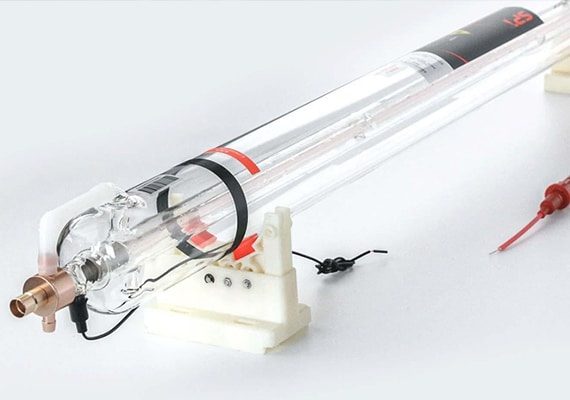
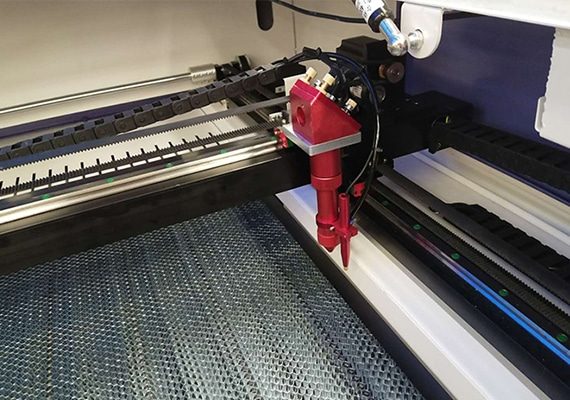
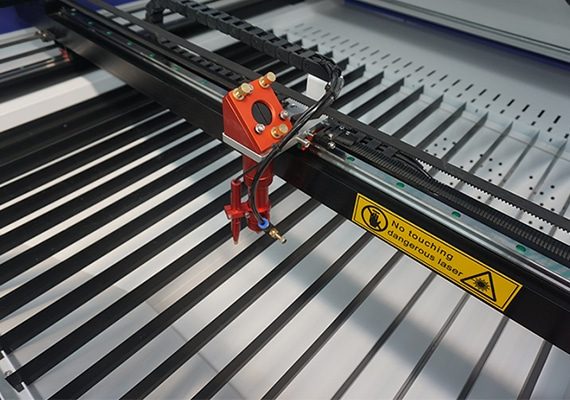
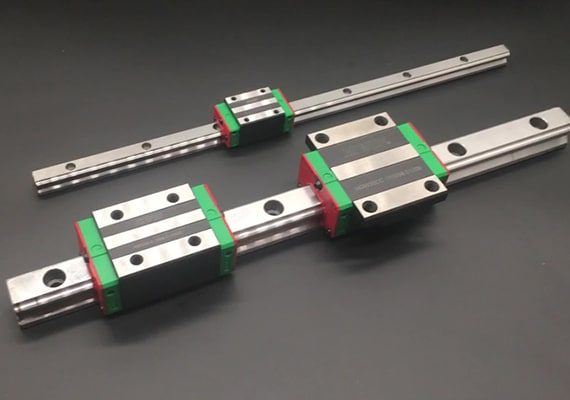
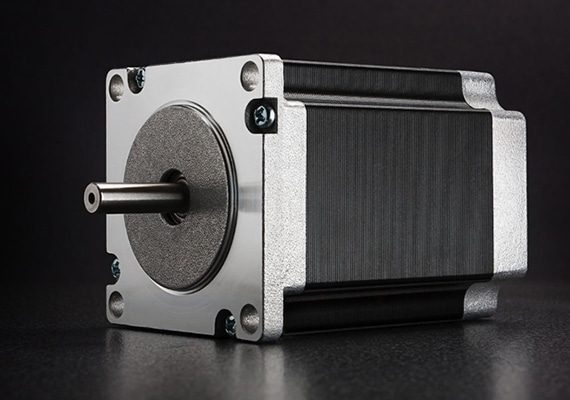
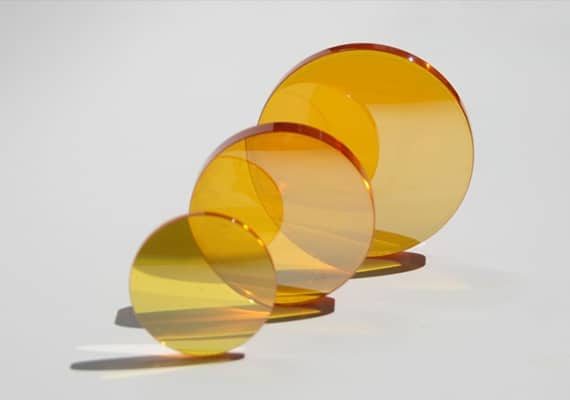
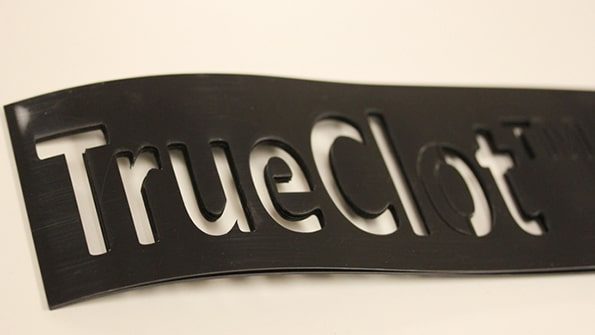

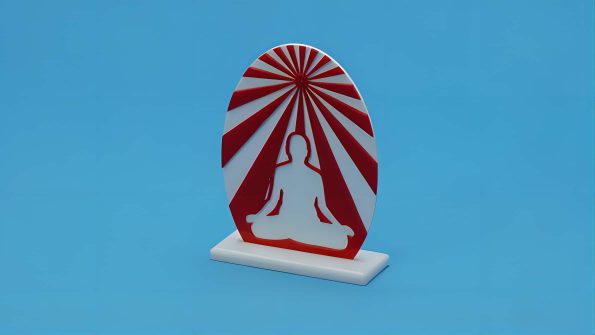
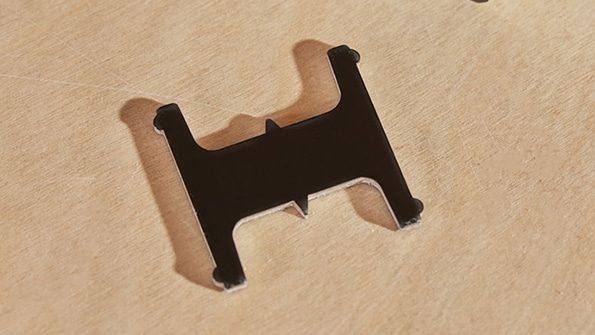
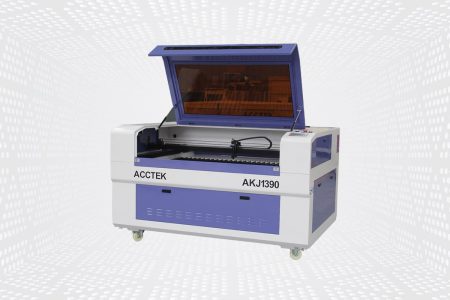
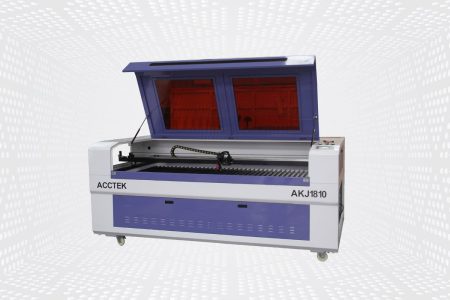
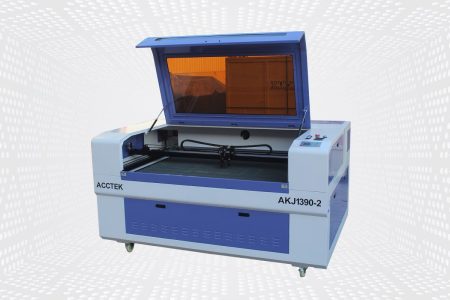
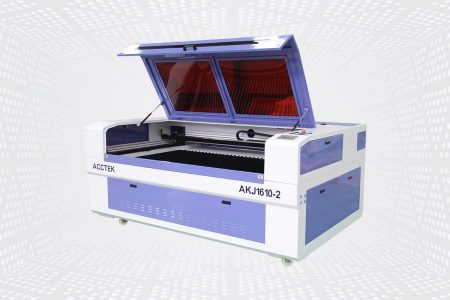
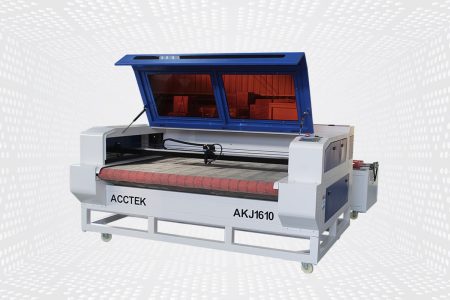
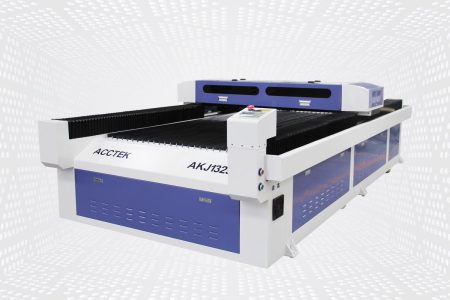
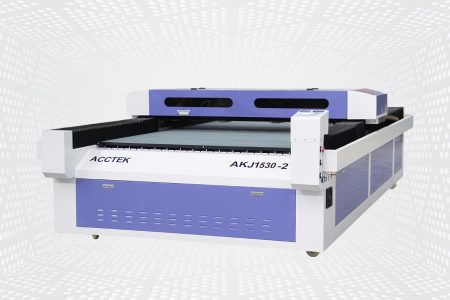
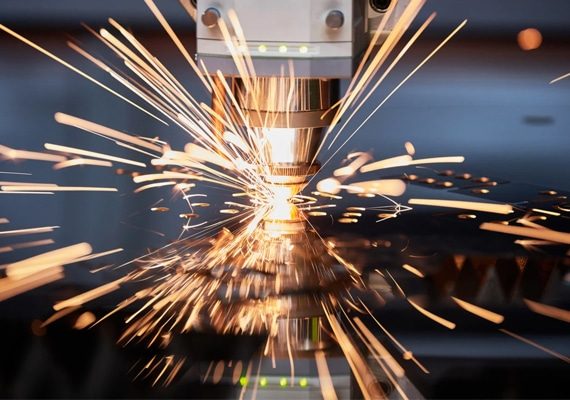
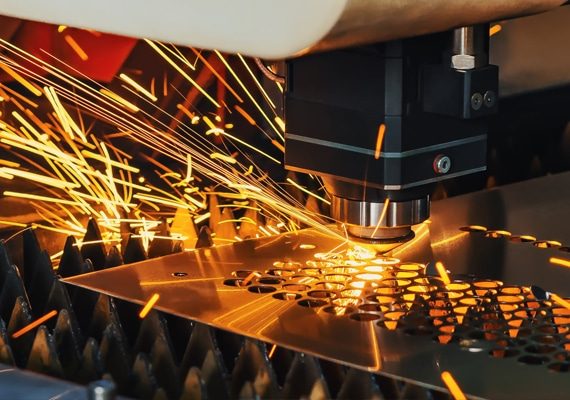
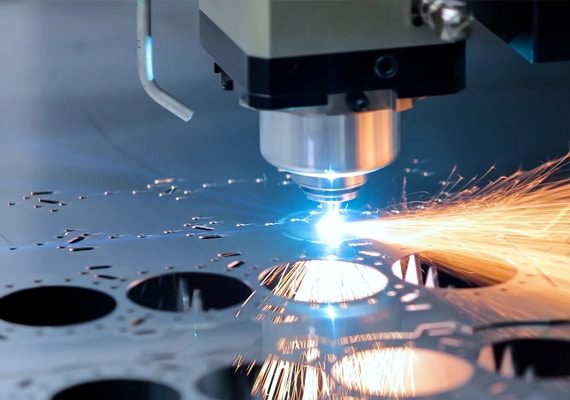
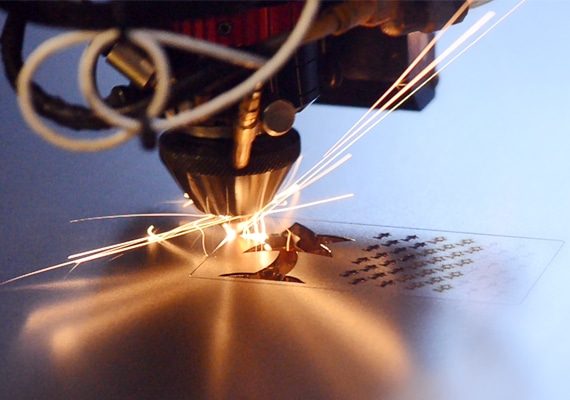

4 reviews for ABS Laser Cutting Machine
David –
Remarkable performance from our CO2 laser cutter. Its versatility and reliability make it an indispensable tool in our manufacturing process.
Ali –
Seamless operation with our laser machine. It’s user-friendly, efficient, and consistently delivers exceptional cutting quality.
Maria –
Essential equipment for our workshop. The CO2 laser cutter streamlines our workflow, saving time and resources effectively.
Emily –
Lifesaver for our production needs. The laser cutting machine ensures efficient, precise cuts, boosting our overall productivity.